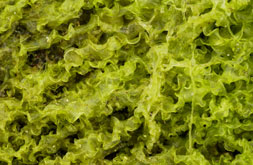...and no, I'm not talking about Skittles. As mentioned in previous posts, red, orange, green, blue, and purple fruits and vegetables are the foods that diabetics should aim for in their diets.
Here are some examples:
Red
Fruits: Apples, Cherries, Cranberries, Guavas, Mangoes, Nectarines, Persimmons, Pink Grapefruits, Pomegranates, Raspberries, Red Grapes, Strawberries, Watermelons
Vegetables: Beets, Radishes, Red Cabbages, Red Peppers, Red Potatoes, Rhubarbs, Tomatoes
Orange
Fruits: Apricots, Cantaloupes, Mangoes, Oranges, Tangerines
Vegetables: Carrots, Pumpkins, Sweet Potatoes, Yams
Yellow
Fruits: Yellow Apples, Lemons, Mangoes, Papayas, Peach, Pears, Pineapples, Yellow Watermelons
Vegetables: Butternut Squashes, Corn, Rutabagas, Yellow Peppers, Yellow Summer Squash, Yellow Tomatoes
Green
Fruits: Green Apples, Green Grapes, Honeydew Melons, Kiwis, Limes
Vegetables: Artichokes, Asparagus, Avocados, Broccoli, Brussels Sprouts, Cucumbers, Green Beans, Green Cabbages, Green Lettuces, Green Onions, Green Peas, Green Peppers, Kale, Spinach, Zucchinis
Purple/Blue
Fruits: Blackberries/Raspberries, Blueberries, Figs, Plums, Prunes, Purple Grapes, Raisins
Vegetables: Eggplants, Purple Cabbages










































